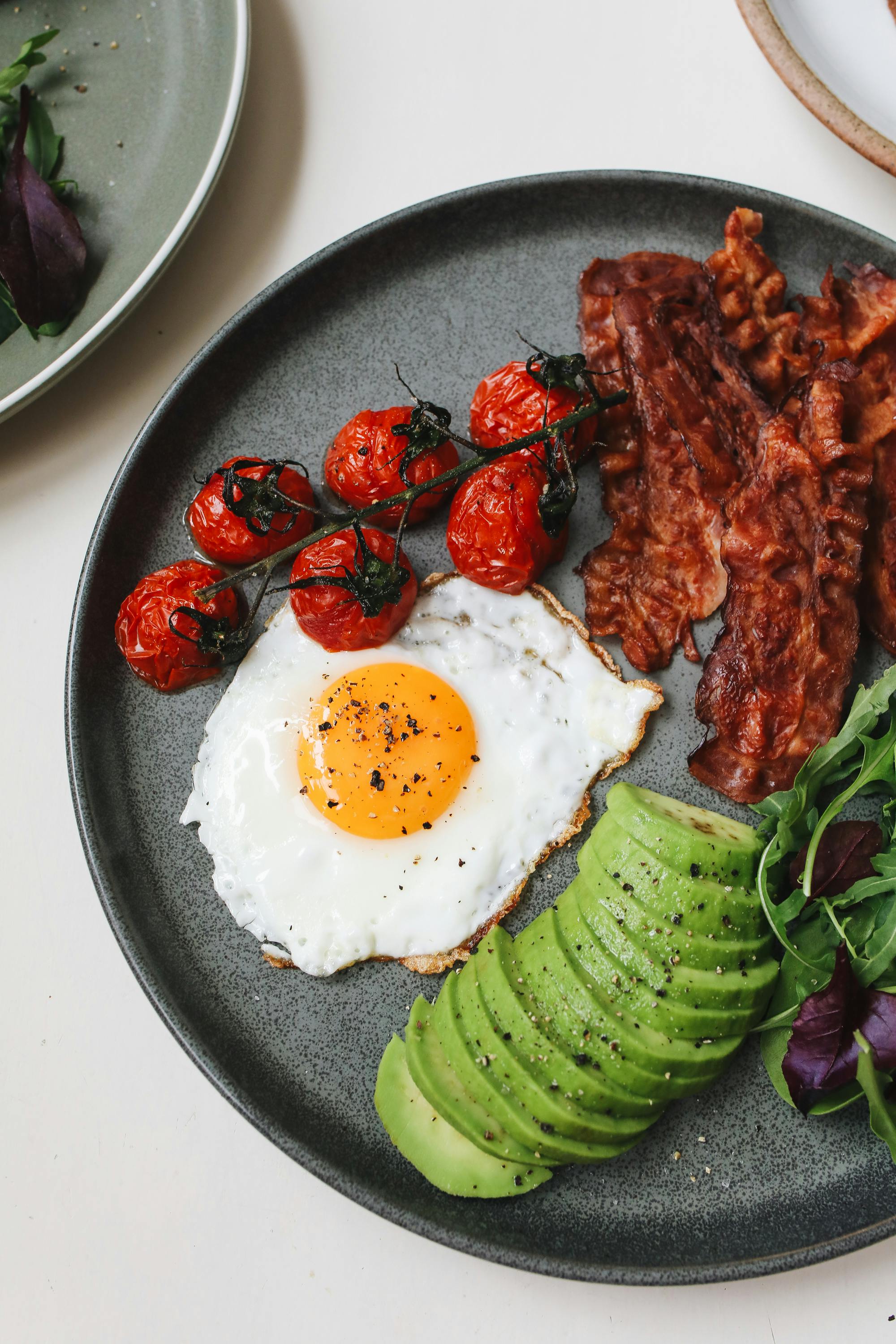
Effective Ways to Manage Vestibular Migraine Diet in 2025
Managing a vestibular migraine can be challenging, particularly when it comes to diet. A balanced vestibular migraine diet can significantly impact headache management and overall quality of life. Diets that consider migraine triggers, such as food sensitivities and inflammation, are essential in reducing the frequency and intensity of migraine attacks. In 2025, innovative dietary strategies include focusing on low-histamine foods, embracing anti-inflammatory foods, and introducing migraine-friendly recipes into meal planning. By understanding the connection between nutrition and migraine management, sufferers can take informed steps toward relief.
This article will explore various aspects of a vestibular migraine diet, including hydratation and migraines, the role of caffeine, and necessary dietary changes. We will discuss practical strategies for meal management, essential nutrients such as magnesium-rich foods and omega-3 fatty acids, and how to identify potential migraine triggers.
Key takeaways will include practical meal planning tips, the importance of a balanced diet, and an overview of foods best avoided to support migraine relief. Whether you are looking to prevent migraines or manage your symptoms more effectively, this guide will provide the necessary tools to create an effective dietary plan.
Understanding Migraine Triggers for Dietary Changes
Effective dietary management begins with recognizing common migraine triggers. Certain foods can contribute to headache onset, including aged cheeses, processed meats, and fermented products. Awareness of these triggers is vital for individuals with vestibular migraines. Keeping a food diary for migraines can help document what you eat and how it affects migraine frequency and severity.
Identifying Common Migraine Triggers
Identifying migraine triggers involves elimination and reintroduction; common symptoms may arise from foods high in histamines like aged wines and certain fruits. It's important to track your consumption of these foods to determine potential culprits. Additionally, caffeine can provoke migraines in some people, while others find it provides relief. Understanding your unique triggers can provide insights into how to adjust your diet accordingly.
Hydration as a Key Factor
Dehydration is a well-known migraine trigger. Maintaining adequate hydration supports overall health and can mitigate headaches. Aim for at least eight 8-ounce glasses of water a day, adjusting for physical activity and climate. You may also integrate herbal teas and electrolyte-rich beverages to improve hydration levels.
The Role of High-Fiber Foods
Including fiber-rich foods in your diet is crucial for maintaining stable blood sugar levels, which is important for migraine prevention. Foods such as whole grains, fruits, and vegetables not only support digestion but also may help mitigate migraines. Studies have shown that dietary diversity can also improve gut health, potentially reducing migraine methods.
Implementing a Low-Histamine Diet
A low-histamine diet is becoming increasingly recognized in the management of vestibular migraines. This diet eliminates foods that can provoke headaches, assisting in reducing inflammation and the risk of migraine episodes. Foods like fresh meats, cooked vegetables, and most grains tend to be lower in histamines.
Foods to Eat on a Low-Histamine Diet
Incorporating low-histamine foods can provide significant relief from migraines. Consider focusing on fresh fruits and vegetables, especially leafy greens and berries. Incorporating anti-inflammatory foods such as turmeric and ginger can further support migraine health. Fatty fish, rich in omega-3 fatty acids, can also help combat inflammation and aid in overall migraine management.
Foods and Beverages to Avoid
To effectively implement a low-histamine diet, it is crucial to eliminate common triggers such as aged cheeses, processed meats, alcohol, and fermented foods. Packaged and processed foods may also contain additives that can exacerbate migraines, so steering clear of these foods is vital.
Maintaining Gut Health
Gut health plays a significant role in migraine susceptibility. Incorporating probiotics through supplements or fermented foods, while maintaining a low-sugar diet can improve digestive health. It's essential to understand the gut-brain connection and how food choices can influence migraine frequency and intensity.

Creating a Migraine-Friendly Meal Planning Strategy
Meal planning is an effective tool for anyone managing vestibular migraines. Proper planning can prevent impulsive eating choices that may trigger migraines. Focus on balanced meals with an emphasis on whole foods and nutrient density.
Developing a Weekly Meal Plan
Begin by creating a weekly meal plan that includes a mix of anti-inflammatory foods combined with high-fiber selections. Always include fruits and vegetables to ensure adequate nutrient intake. Consider keeping meals simple and ensuring they are rich in healthy fats for migraines, such as avocados, nuts, and seeds.
Portion Control and Meal Frequency
Paying attention to portion sizes and meal frequency can regulate blood sugar, substantially lowering migraine risk. Eating smaller, more frequent meals helps maintain stable energy levels and minimizes headache triggers caused by fluctuations in blood sugar.
Migraine-Friendly Snack Ideas
Having healthy, migraine-friendly snacks on hand can help manage hunger and prevent impulsive eating. Consider packing snacks like carrot sticks with hummus, apple slices with nut butter, or Greek yogurt with berries. Each of these options provides nutrients while avoiding common migraine triggers.
Exploring Dietary Supplements for Migraine Management
In addition to dietary modifications, incorporating certain dietary supplements for migraines can enhance overall treatment efficacy. Supplements such as magnesium, Vitamin B2, and omega-3 fatty acids have shown promising results in reducing migraine frequency.
The Benefits of Magnesium and Vitamin B2
Studies have indicated that magnesium helps in muscle relaxation while preventing the release of neurotransmitters that can trigger migraines. Including magnesium-rich foods, such as spinach and almonds, can be beneficial. In addition, Vitamin B2 is crucial in reducing migraine frequency. Foods such as eggs, dairy, and leafy greens can help maintain adequate levels.
Herbal Remedies and Alternative Therapies
Incorporating herbal remedies such as butterbur and feverfew can offer additional relief. However, consulting with a healthcare practitioner before utilizing these alternatives is advisable. Laying the groundwork for holistic health encompasses understanding your body’s specific dietary needs and responses.
Recent Research and Future Directions
Recent dietary research continues to explore the connection between food and headache management. Emerging studies underscore the importance of personalized nutrition in creating effective migraine diets. With advancements in dietary interventions and awareness of how individualized dietary changes can significantly impact migraine management, the future looks promising.

Conclusion: Dietary Strategies for Migraine Prevention
Effectively managing a vestibular migraine through diet requires understanding its multifaceted aspects, including recognizing triggers and incorporating beneficial foods. Through dietary changes, migraine relief can be achieved, leading to an improved quality of life. Utilize a combination of hydration strategies, controlled portion sizes, and mindful eating alongside healthy eating habits.
Utilizing meal planning and understanding the role of supplements can enhance dietary interventions significantly. Moreover, continuing to raise awareness about the impact of diet on migraines contributes to ongoing research and develops more personalized nutrition approaches. Integrating these strategies can empower individuals to take control of their migraine management in 2025 and beyond.